“The thing about happiness is you can define it by saying, you’re happy when you wouldn’t want to be anywhere else doing anything else.” – Robert Egelstaff, kayak guide and poet
Traveling makes me happy. It also makes me feel youthful, like a child soaking up every new experience. New landscapes and cultures color the world differently, pushing me to test my boundaries, and in the chaos of exploration comes new ideas. I am filled up, regenerated and reenergized.
Antarctica
On November 26th, my husband and I embarked on a trip of a lifetime. We knew we would have little or no telephone availability and expensive and sketchy WiFi at best. For all intents and purposes, we would be off the grid, unplugged, free.
Like all great adventures, ours started with a challenge. A major snowstorm bearing down on Denver forced us to leave a day early. No problem. With a phone call or two, we were able to arrange for an extra night at the hotel and a car to pick us up at the airport in San Antonio, Chile.
Problem: we arrived just in time for the riots. The protests, as locals like to call them, had fires burning in the streets, police in riot gear racing around at high speed, and no ships in a holding pattern outside of the harbor. At our hotel, we were the only guests, the restaurant was closed, the grounds locked down and only a skeleton staff of one present.
By morning things had calmed down, we were able to eat and the staff was back, assuring us the trouble was over. “Today there will be no problems. The protestors are going somewhere else, and they never march before 5:00 p.m.” Scheduled riots! Who knew?
The Adventure Begins
We sailed on the Seabourn Quest. We’d chose the line because of the deal they were offering at the time of booking AND because they were one of the only cruise lines offering landings on the continent as part of their package. Where most cruise lines cruised by, Seabourn had a staff of 24 expedition guides (experts in various areas, including but not limited to glacier experts, kayak experts, ornithologists, biologists, whale experts, historians….), and a contingent of 12 Zodiac boats and 10 kayaks. Every day there were presentations on where we were going, the wildlife we’d be seeing, and those who had gone before.
Colin O’Brady, the first man to complete an unsupported and completely human-powered solo across Antarctica, joined us for several days and told us what it was like pulling a 300+lb sled across the continent. Battling windchill as low as -80 degrees, paralyzing whiteouts and extremely high winds, he completed his historic 930-mile walk in 54 grueling days. Currently, he’s rowing a boat with 5 other men across the Drake Passage. Certifiable!
In juxtaposition to Colin’s suffering, we were traveling in the lap of luxury. Large suites with walk in closets and bathtubs. Large verandas. An outdoor pool with three hot tubs. Four restaurants serving a gluttonous amount of food, free flowing beverage service, a full spa, and nightly entertainment. There was even a bridge club and daily High Tea service.
We began our journey in San Antonio, Chile visiting several cities along the coast of Chile, cruising in the shadows of extinct and active volcanoes, up through the Strait of Magellan within touching distance of El Brujo glacier and through the Beagle Channel. Then, after spending a night in Ushuaia, Argentina, pinned to the dock by 70 knot winds, we set sail for Antarctica. 12 hours behind schedule, we entered the Drake Passage, a 600 mile stretch of water between Cape Horn at the tip of Argentina and Antarctica. The Drake is where the Pacific meets the Atlantic, and it’s known as the most dangerous and treacherous sea passage on Earth.
Welcome to “Drake Lake.” At most we experienced 6-foot swells. I had taken Dramamine for no reason.
Antarctica
After circling a gigantic iceberg, we navigated the Nelson Strait of the South Shetland Islands and headed along the west coast of the Antarctic peninsula to Deception Island. Considered one of the safest harbors in Antarctica, it is in fact a caldera rimmed by an active volcano that last exploded, without warning, in 2015. The geologist’s excitement and enthusiasm was contagious. We had arrived.
Later that evening came the first of eight “expedition briefings.” We were told the protocol for boarding and disembarking the Zodiacs. We learned the sailor’s grip (hand to wrist), the disinfectant protocol (so as not to contaminate pristine areas). We learned the rules. “Now, I know many of you are Navy Seals,” Lucqui, the expedition leader, began. “But…”
Day 1- Cierva Cove
A sheltered harbor that housed an only occasionally inhabited Argentinian research base. The water was covered with “bergie bits,” the iceberg’s slush ice that floated on the surface. Here, while some kayaked, we cruised among icebergs in the Zodiac boats and spotted saw our first chinstrap penguin rookeries.
That evening, as we headed for our next destination, Captain announced that they had spotted orcas and encouraged us all to come out on the decks. Pulling on layers (long underwear, wool socks, fleece pants, a second base layer shirt, a puff layer and parka given to us by Seabourn, and hats and gloves) Wes and I waddled outside to join the others. Within minutes, the ship was surrounded by orcas. We estimated 50 in the pod, and they were close enough we could hear them exhale and see their whole bodies as they hunted clear, cold water.
NOTE: we were surprised to discover on that day that only about two-thirds of those on board participated in the landings. And that, in fact, there were people who never ventured out on deck, preferring to witness the beauty of Antarctica through the plate glass windows of the Observation Lounge on Deck 10. Why pay that kind of money for the same experience you could get on a large screen TV? Foddor for fiction!
Day 2- Waterboat Point
Here we saw Gentoo penguins. An historic site where, in 1921, two men overwintered in a hut improvised from an overturned waterboat, the site is now a Chilean research base where we could mail postcards home from Antarctica. $10 each for the card and stamp. Merry Christmas! Check. Check.
That evening we sailed into the Lemaire Channel headed for the Weddell Sea. As the band played and we all stood at the bow of the boat, the captain took a good hard look at the iceberg blocking the channel and at the last minute turned the boat around. Good call!
Day 3 – Mikkelsen Harbor
Enroute to the day’s landing site, we stood on the back deck and marveled at the number of sea birds wind surfing in the wake of the boat. Giant petrals and black-browed albatross, boasting wing spans of more than 6 feet. Located on a small island, Mikkelsen Harbor was home to a large gentoo penguin colony and several weddell seals, who sprawled on the snow.
This was our first glimpse of the “penguin highways.” Gentoo penguins build their nests of stones, preferably at the highest point, which means they must travel to and from the beach collecting those stones. They carry them up to their mate, who is protecting the egg, then go back for more. Unless—sometimes you’ll see them steal stones from each other, placing the stone on the right side of their nest, while another is stealing a stone from the left.
Day 4 – Weddell Sea
Here we were close to where Ernest Shackleton’s boat Endurance was trapped in the ice. In 1916, Shackleton and his 27 men were forced to winter over. With the Endurance crushed by sea ice, in the spring when the ice started to break up, the men took to lifeboats and sailed toward So. Georgia Island. This is where we were supposed to kayak. Unfortunately, wind cancelled kayaking that day. But we were not to be deterred. We immediately went to guest services and secured one of the last open spots on Day 6.
 The Zodiac adventure still remained, and the expedition team was determined to get us out on the fast ice, the frozen sea ice that filled in the 1200 miles between the Antarctic peninsula and the continent. Nudging the Zodiacs onto the ice shelf, we clambered out of the boats onto a thin, 2-inch crust of ice. With 5,000 meters of sea below, you didn’t dare miss the edge. Once secure on the fast ice, gazing into the distance, at the vastness, desolation and beauty, it became clear how small and insignificant we are.
The Zodiac adventure still remained, and the expedition team was determined to get us out on the fast ice, the frozen sea ice that filled in the 1200 miles between the Antarctic peninsula and the continent. Nudging the Zodiacs onto the ice shelf, we clambered out of the boats onto a thin, 2-inch crust of ice. With 5,000 meters of sea below, you didn’t dare miss the edge. Once secure on the fast ice, gazing into the distance, at the vastness, desolation and beauty, it became clear how small and insignificant we are.
And, we saw adélie penguins, a comical and curious penguin that waddles arms open in greeting and slides on their bellies. They quickly became my favorite!
Day 5 – Yankee Harbor
Moving back into the warmer clime of the South Shetland Islands, we had another opportunity to walk—this time on land. On a small island, Yankee Harbor is home to a large gentoo populations, where the first penguin chicks were spotted, and a respite for elephant seals that lounged on the beach.
Day 6 – Elephant Island
 The last day in Antarctica, and our day to kayak. A small spit of land surrounded by glaciers, Elephant Island is as far as Shackleton and his men got before having to land. It was here that 22 men wintered over a second time, while Shackleton and 5 others sailed for help. The rescuers made it to South Georgia Island, but 3 were so sick, Shackleton and two of the men left them behind and hiked across island braving steep climbs, glaciers and treacherous cervices to reach the whaling camp. Eventually ALL 28 men were rescued.
The last day in Antarctica, and our day to kayak. A small spit of land surrounded by glaciers, Elephant Island is as far as Shackleton and his men got before having to land. It was here that 22 men wintered over a second time, while Shackleton and 5 others sailed for help. The rescuers made it to South Georgia Island, but 3 were so sick, Shackleton and two of the men left them behind and hiked across island braving steep climbs, glaciers and treacherous cervices to reach the whaling camp. Eventually ALL 28 men were rescued.
Kayaking was a real adventure. With no good landing site, it was decided we would climb into the kayaks from the side of the Zodiacs. We had trained for this. Several different days in a row we had practiced climbing into a kayak on deck from the side of the pool. What we weren’t told is that the side of the Zodiac is about a foot or more higher than the pool ledge. Getting in wasn’t the problem. Getting out…. The peacefulness of paddling through the brash ice alongside a young leopard seal cannot be described. (That’s us above, in the last boat.)
From there it was Drake Lake—again. On the second day at sea, we spotted a blue whale. Weighing in at around 192 tons and up to100 feet long, it is the largest animal on earth—and beautiful. And we paid homage to the weather gods. Except for a spit of rain in Punta Arenas and the wind in Ushuaia, we had perfect weather.
The trip ended with a stop at the Falkland Islands to see the rockhopper and king penguins, a stop in Montevideo, Uruguay because you can’t travel from the Falklands directly to Argentina, and then finally Buenos Aires. We had an incredible time—so incredible that we’ve signed up for the Svalbard to Greenland expedition in August 2021. It’s the maiden voyage of the Seabourn Venture—a smaller boat with the capacity for 264 guests, 132 oceanfront suites with large verandas, 24 Zodiacs, sea kayaks, mountain bikes, ebikes and—drum roll—2 submarines. How brave am I!?! Time will tell.
How brave are you? What’s your most daring travel experience to date?




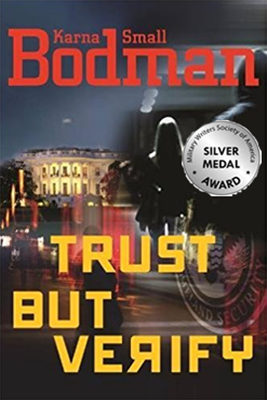
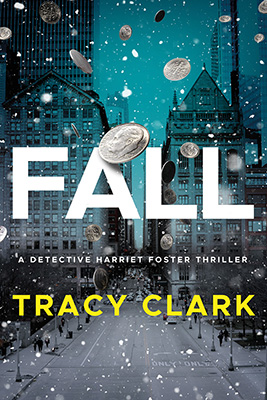

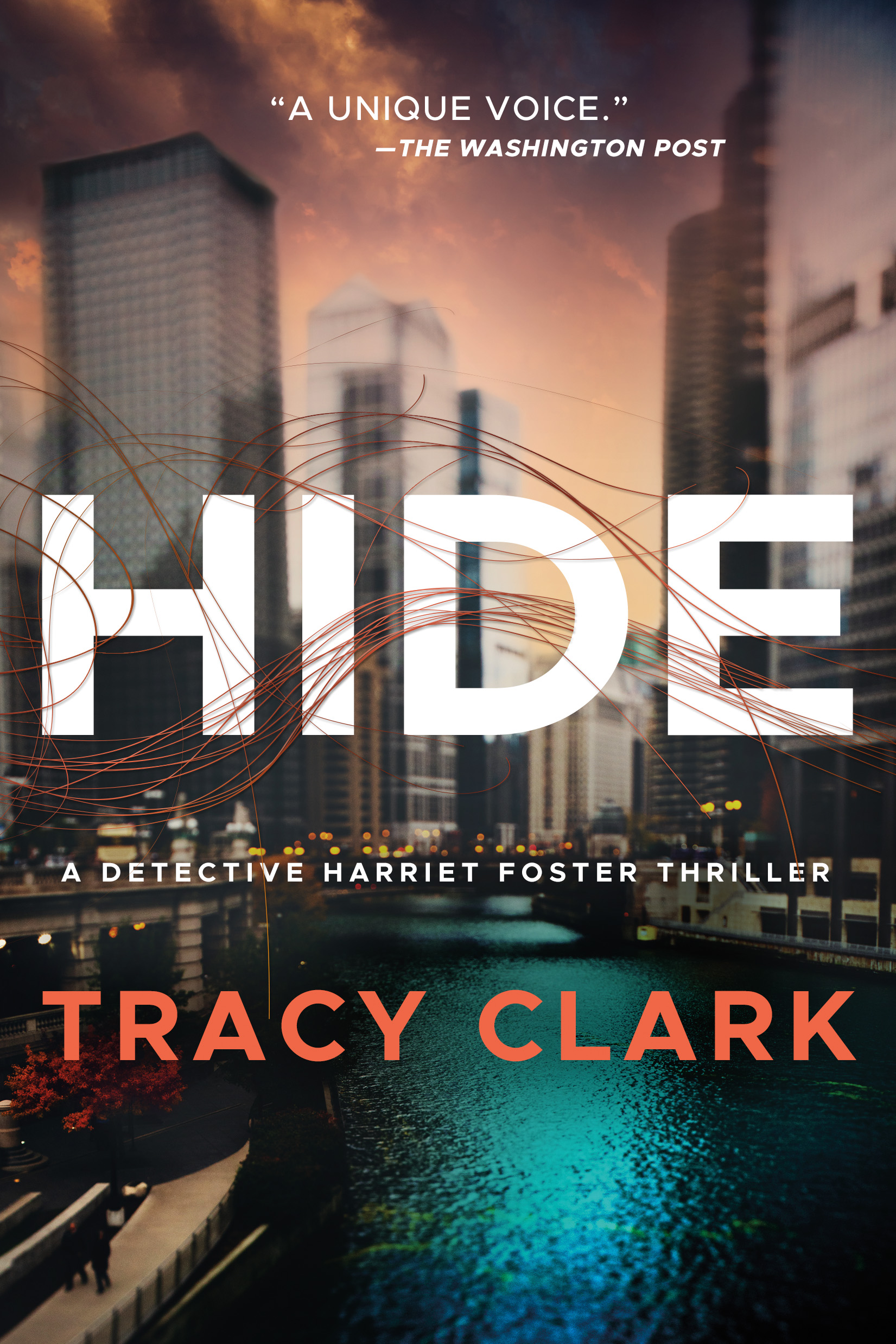
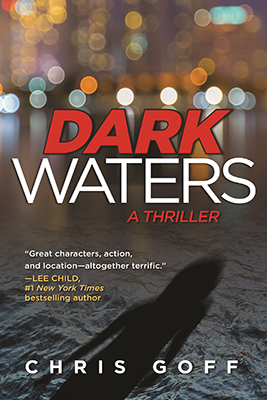
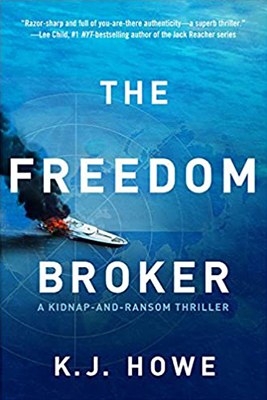
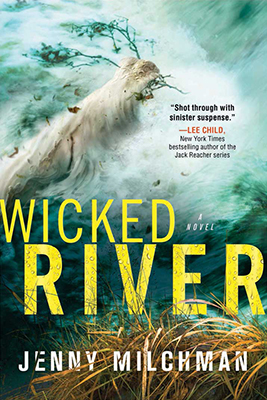
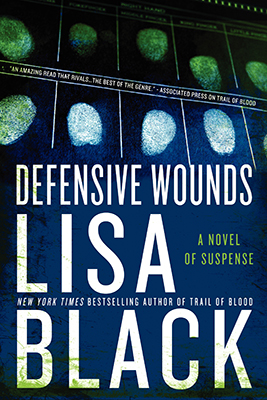
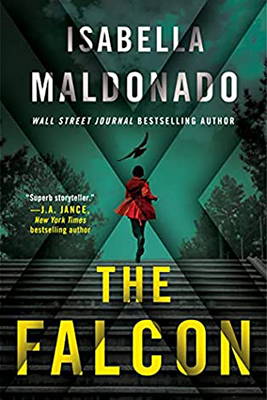

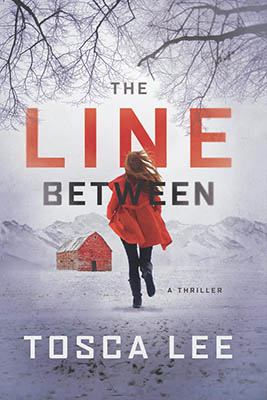


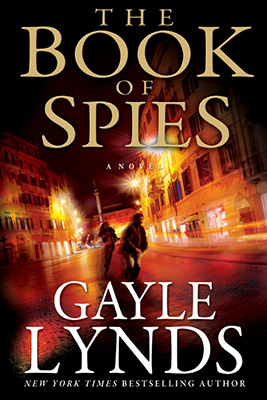
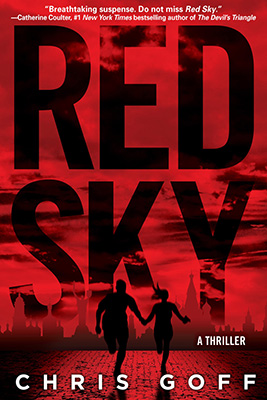


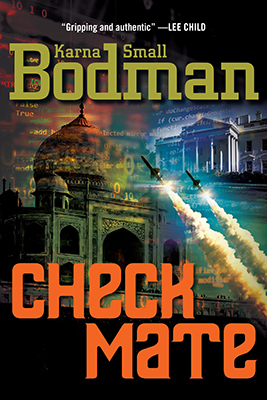
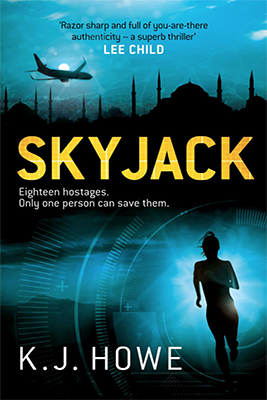

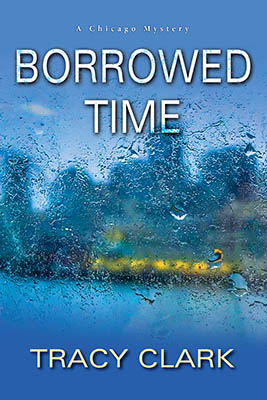
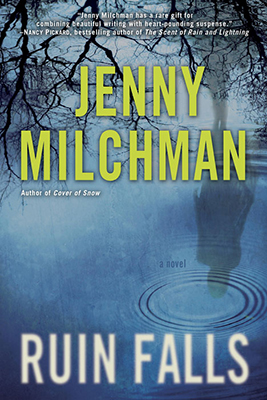
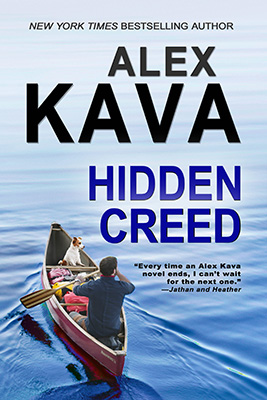
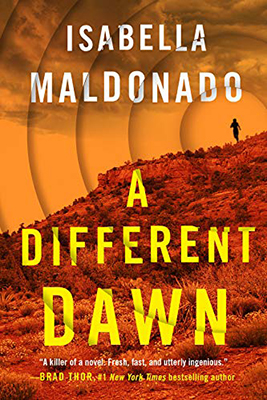
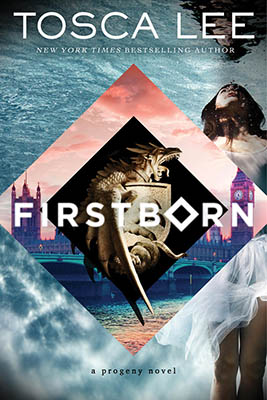






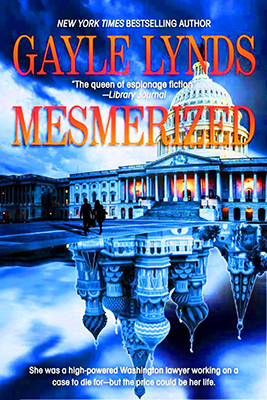

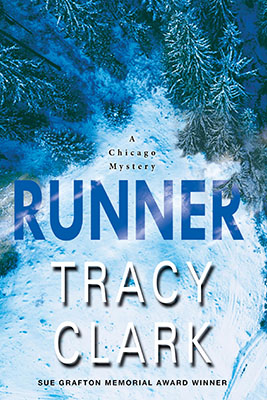
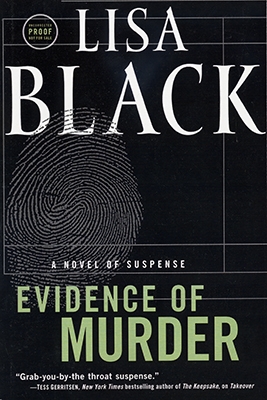
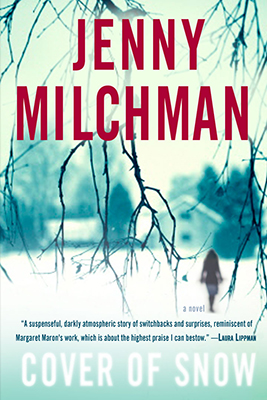
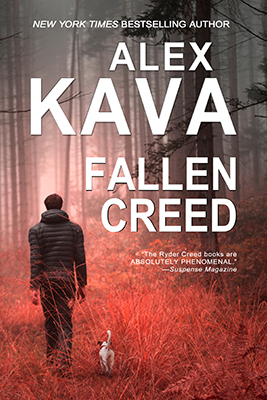

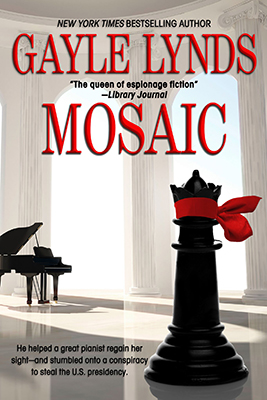
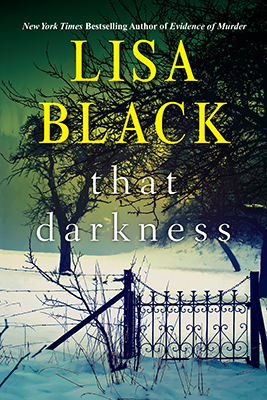


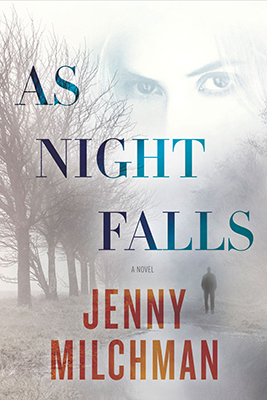
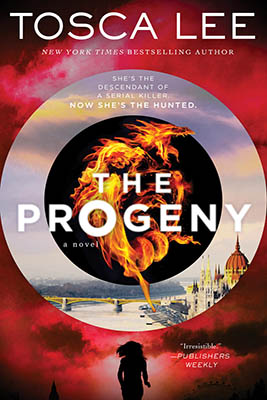

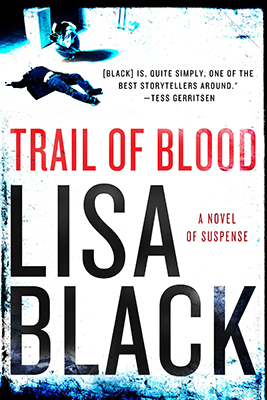
Omg, Chris, I am so thrilled you gave us such a thorough and visceral report. Truly an adventure. I felt as if I was there with you and Wes. I'm printing it out to read it tonight again. Thank you!
I would feel so torn about following in your footsteps! The land is so incredibly beautiful, but Michael Crichton's State of Fear inadvertently made me kinda terrified of Antarctica!
My most daring travel so far has been to Russia–which isn't very daring at all (and we had a fabulous time!). I've been planning for over a year to go alone to a state park cabin in Tennessee that is only accessible via a 5 mile hike, but alas they had no vacancies.
What an incredible adventure Chris – you are indeed a brave soul! I had read a lot about Shackleton and how he saved his 28 men by braving winters there in Antarctica; but when I read about your kayaking throughout that area I wondered what in the world you would have done if one of those huge whales had come to check you out (?) In any event, I so admire your traveling spirit – and now having read your account, that's what area I don't have to go to go check out myself. Wish I had a "harrowing" travel account to share, but my south American travels were confined to lovely areas in Argentina and Brazil. Now, thanks for this great story.
Chris, what an adventure! Personally, I think I’d tolerate the riots better than the icy weather, but to each his own. Your ‘vacations’ always have an element of ‘we could die at any moment.’ I remember a post some years ago—you were traveling with your daughter and something very sketchy happened… The details are fuzzy but I do remember enough of the story to know never to take a trip with you!
We have more stories. It was amazing!
Now I have a book to read. I haven't read State of Fear. I think a cabin 5 miles out all by myself is a braver thing to do.
They've had whales swim close. The thing they warned us about is the penguins. Sometimes they will jump up on the kayaks and look at you. And one time they had a seal climb aboard one of the kayaks. They warn you so you don't freak out totally and tip over. I think if a leopard seal climbed up on my kayak, I might be swimming.
Aw, come on! This from the woman who does the kind of hands on research you've done?!
Wow! The adventure of a lifetime. This is just an amazing journey. Thanks for sharing!